|
If one bikes or runs about 9 kilometers southeast of the Old City of Riga, along the banks of the wide and slow moving Daugava River, one comes to a 200 hectare area of open field and forest, known to most as Mazjumprava Manor. It is here, amongst the ruins of the manor house and outbuildings of an 18th and 19th Century leading Riga family, that well dressed couples from Riga will come to walk their dogs, sit on a bench holding hands and kissing next to the mill pond, or bike along the river or through the open fields. It is also here in late November 1941, before the United States had even declared war on Germany, that the Nazis began transporting Jews to this same site that was known as Konzentrationslager Jungfernhof (Jungfernhof Concentration Camp). While the Nazis eventually created an industrialized killing machine, their early actions of mass murder, though effective, had the dysfunctional coordination of the Keystone Cops. Rudolph Sek, the commander of the Jungfernhof Concentration Camp, was an agronomist. He wanted slave labour to grow food. The first transport of 1008 Jews from Nuremburg arrived in the Camp on 29 November 1941. Latvia is cold and dark in the winter, and the ground is frozen. The passengers included Rabbis, scholars, and intellectuals. There were few farmers.
Three more transports of about 3000 Jews followed from Stuttgart, Vienna, and Hamburg. The prisoners were fed little and housed in unheated barracks. By January, the bodies of 800 were stacked somewhere on the farm, waiting for the ground to thaw and a burial to be dug. These 800 who died in that first winter were buried somewhere on the 200 hectare manor site. With electrical resistivity tomography (ERT), terrain conductivity mapping, ground penetrating radar (GPR) and drone aerial photography carried out by Colin Miazga and Paul Bauman from BGC Engineering, assisted by Kayla Singleton and Mikaela Martinez Dettinger of Christopher Newport University and and Patrick Wiley from University College London, we searched for and perhaps found the burial pit. The intent is to memorialize the site, to bring some clarity to the history of the site, and to let those picnicking and playing frisbee on these tragic grounds know what occurred there 80 years ago. It is only for a lack of knowledge that people from Riga recreate on parts of the park that are certainly better left untouched. Why will our work at Jungfernhof, where so few survived, be part of the documentary to be created by the Resistance Project? Indeed, in 1941, Jungfernhof was not even fenced as these Jewish intellectuals in a foreign land speaking a foreign language had no where to run. The Project writers see the adherence to prayer and ritual as a form of resistance. Religious services continued to be held, prayers were recited, and matzah was even somehow baked for Passover. On 26 March 1942, men and women over the age of 45 in the Camp were transported to the Bikernieki and Dreilin forests where they were shot. Eventually, between 4000 and 5000 Jews would die at Jungfernhof, with about 150 surviving. We may have located the burial pit with 2D resistivity, assisted by ground penetrating radar surveys carried out by Harry Jol (Professor at University of Wisconsin-Eau Claire) and Connor Jol. We may never be certain, but we plan to increase our confidence by overlaying a 1917 air photo showing the large barn next to where bodies were stacked in 1942, and by merging together our various data sets juxtaposed with eyewitness accounts gathered by historians and archaeologists. The Jungfernhof Camp Commander Rudolph Sek was eventually captured and convicted for murder at the age of 61. He died in Flensburg Prison at the age of 66. +11
1 Comment
|
Categories
All
Archives
August 2022
|
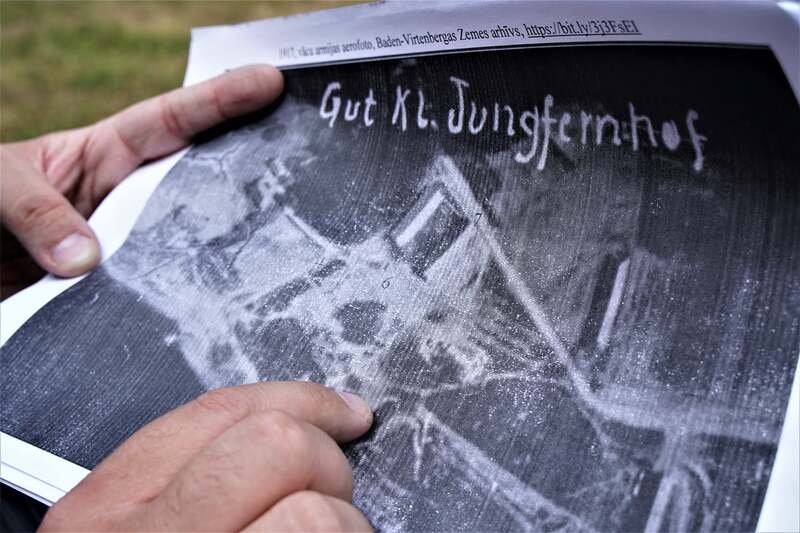
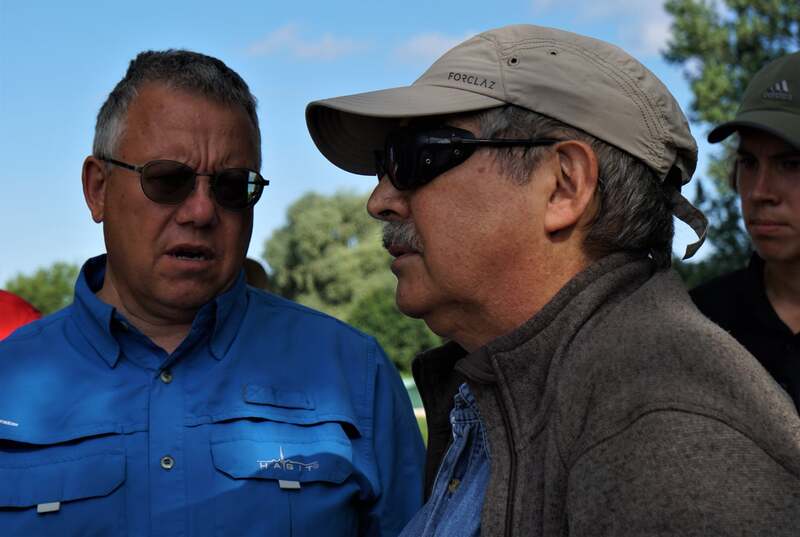
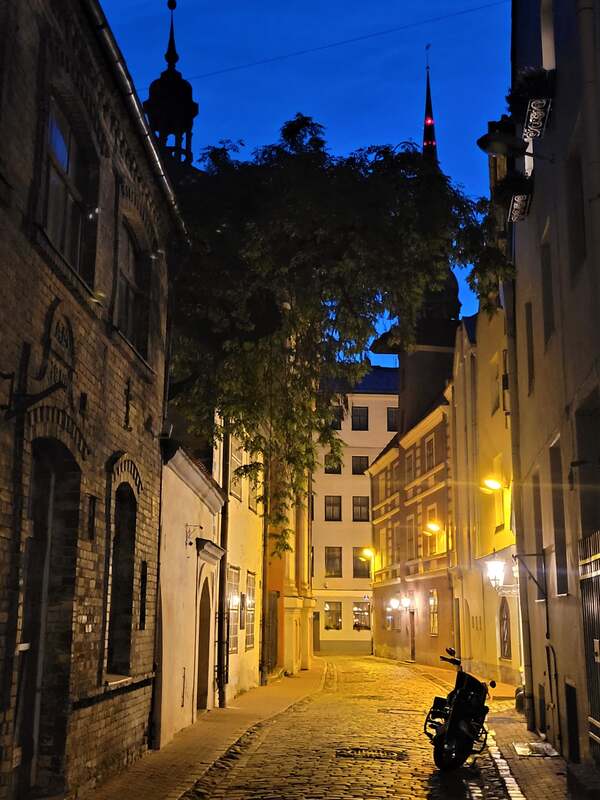
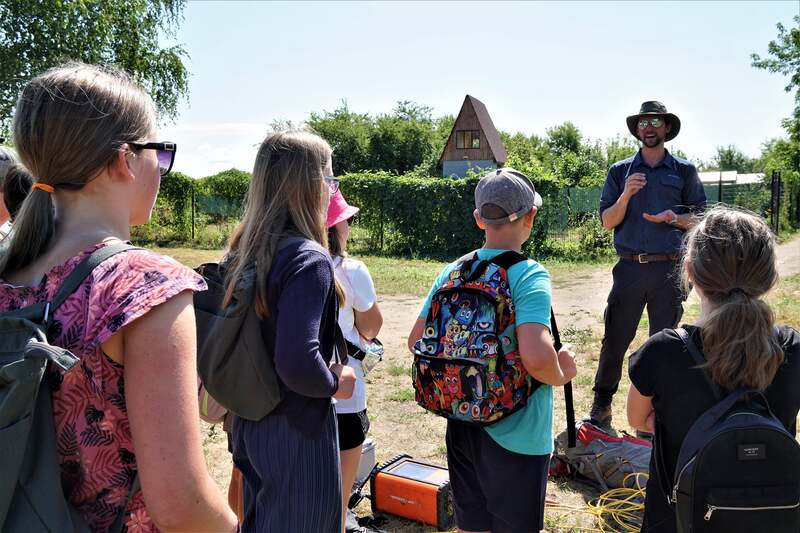
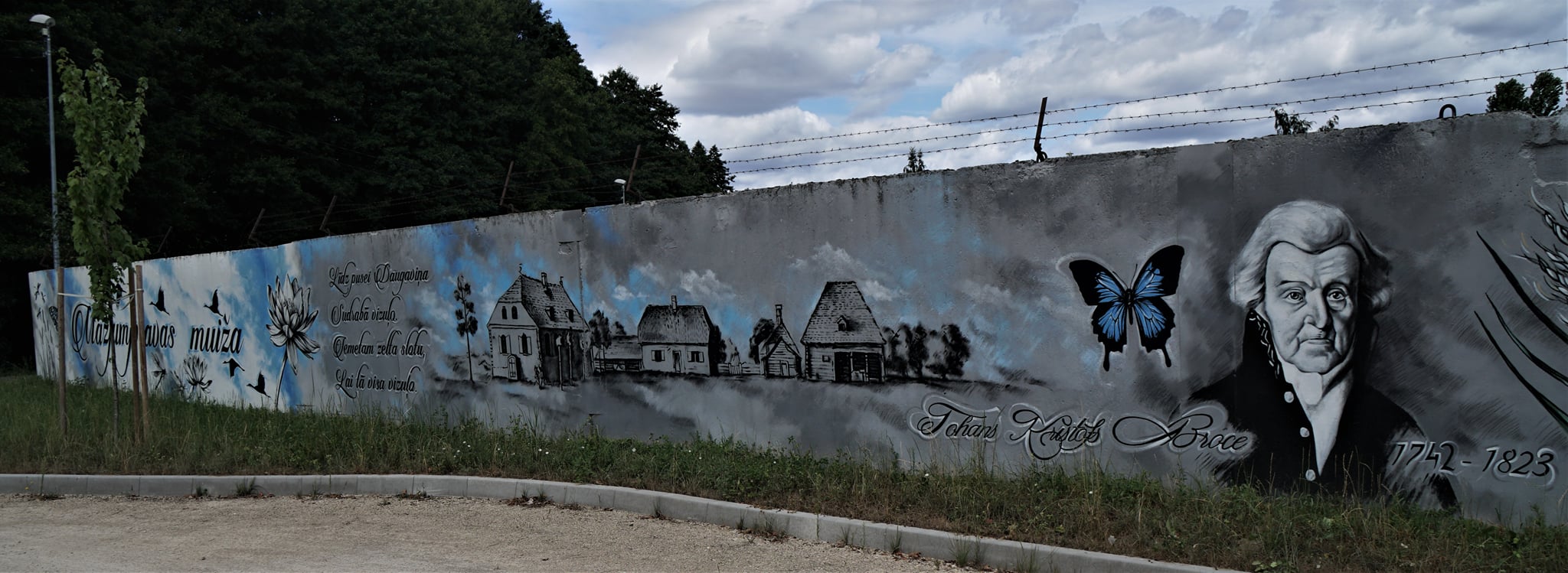
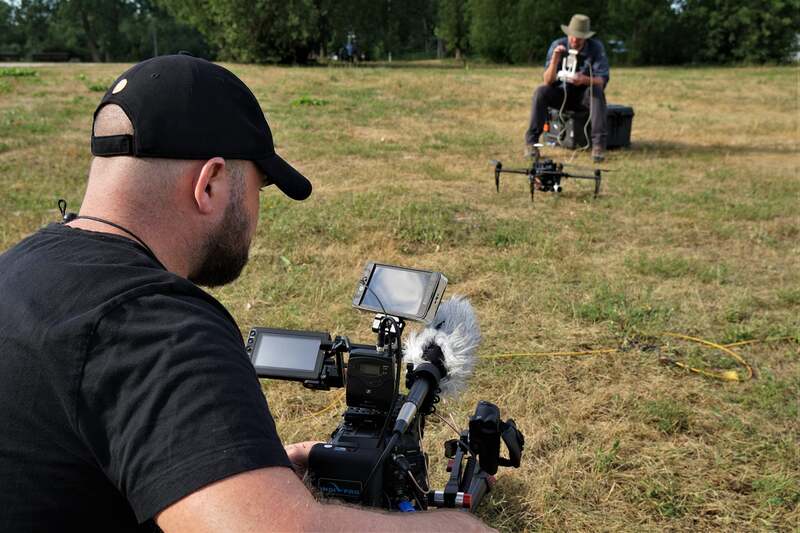
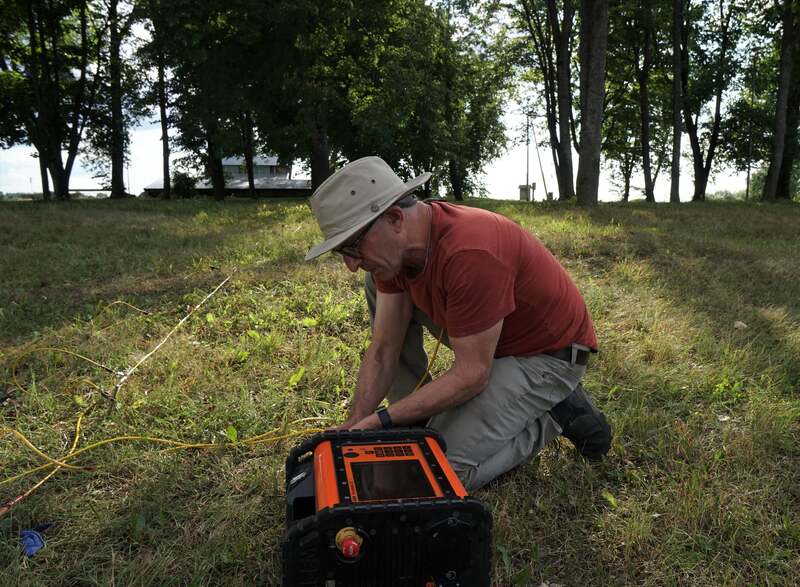
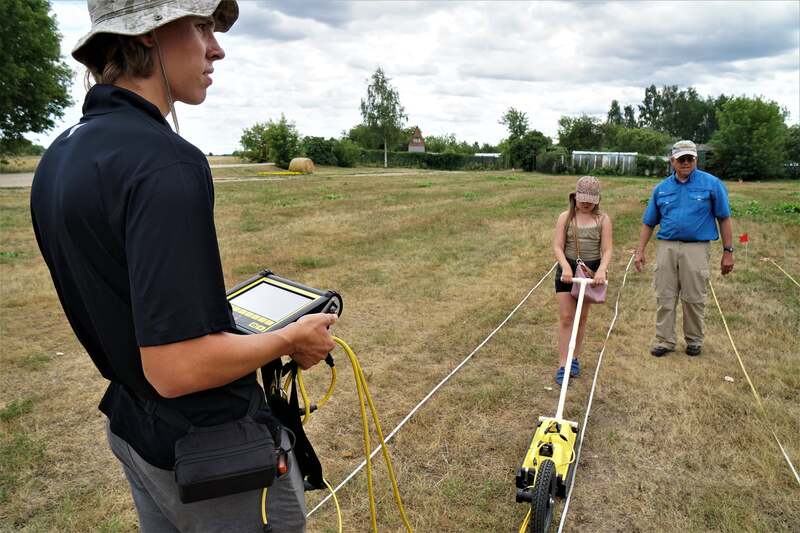
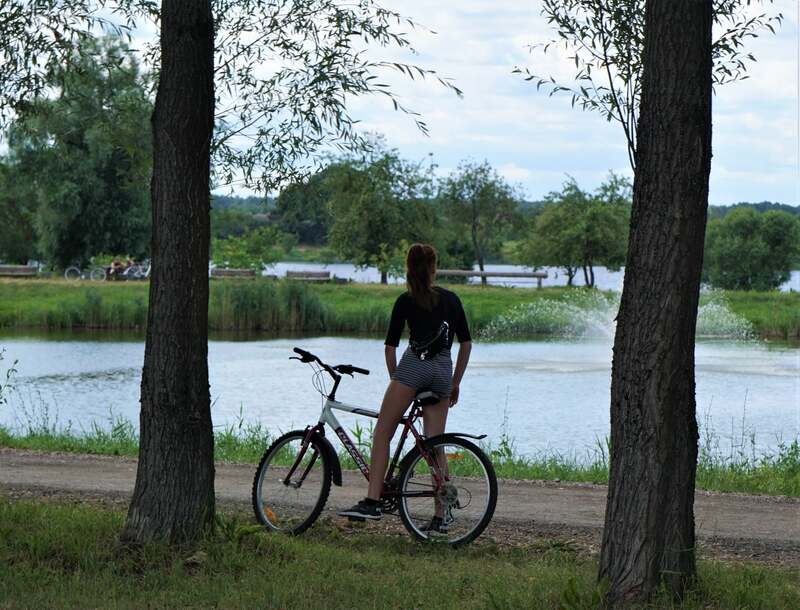
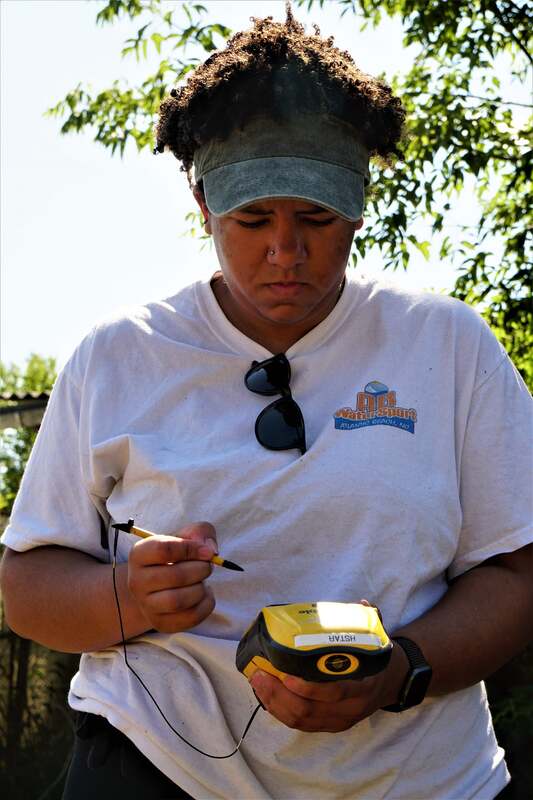
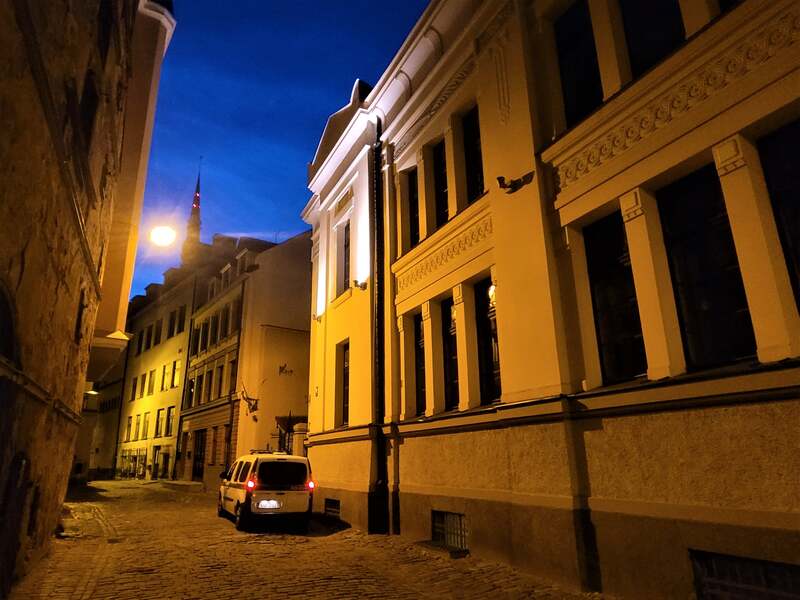
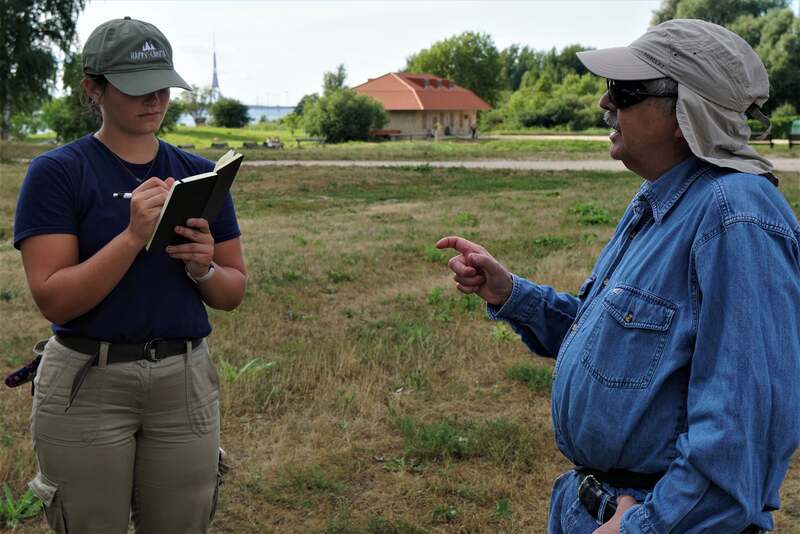
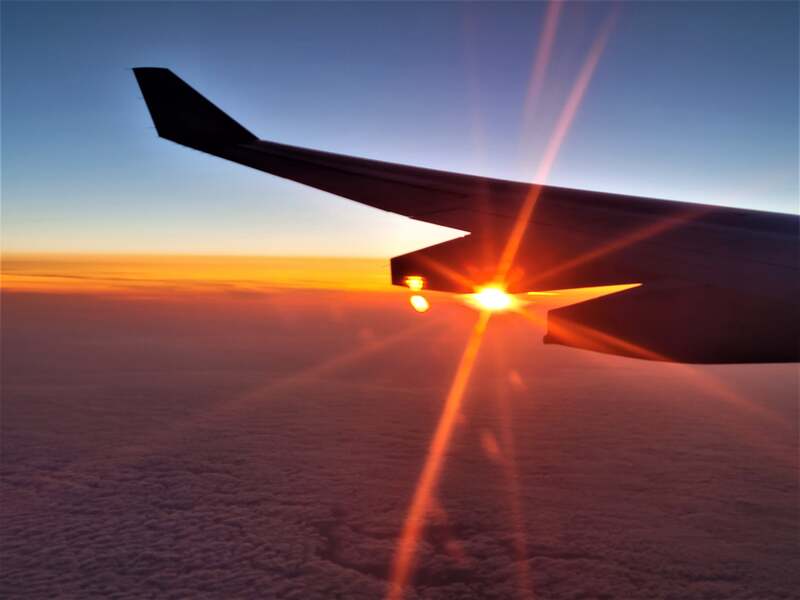
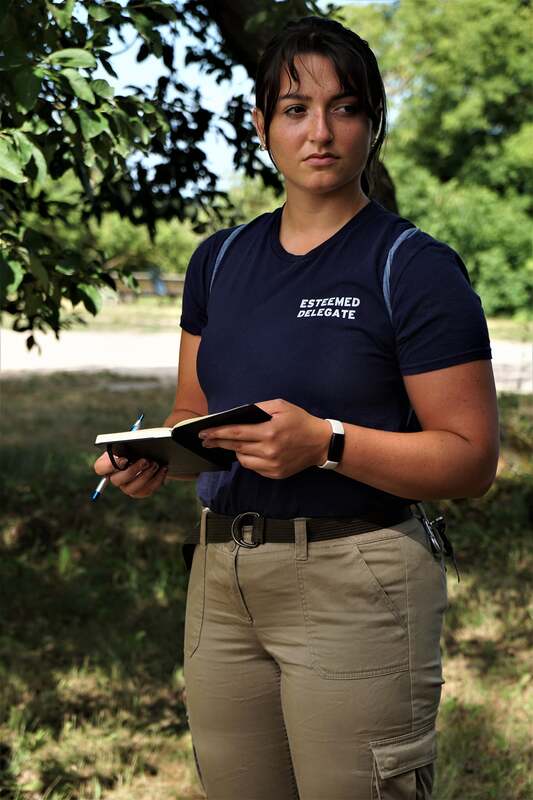
 RSS Feed
RSS Feed